
Christopher Richard Wynne Nevinson was an English figure and landscape painter, etcher and lithographer, who was one of the most famous war artists of World War I. He is often referred to by his initials C. R. W. Nevinson, and was also known as Richard.

Paul Nash was a British surrealist painter and war artist, as well as a photographer, writer and designer of applied art. Nash was among the most important landscape artists of the first half of the twentieth century. He played a key role in the development of Modernism in English art.

Major Sir William Newenham Montague Orpen, was an Irish artist who worked mainly in London. Orpen was a fine draughtsman and a popular, commercially successful painter of portraits for the well-to-do in Edwardian society, though many of his most striking paintings are self-portraits.
Flora Marguerite Lion was an English portrait painter. Lion had a long and successful career and was known for her portraits of society figures, landscapes and murals.

Philip Wilson Steer was a British painter of landscapes, seascapes plus portraits and figure studies. He was also an influential art teacher. His sea and landscape paintings made him a leading figure in the Impressionist movement in Britain but in time he turned to a more traditional English style, clearly influenced by both John Constable and J. M. W. Turner, and spent more time painting in the countryside rather than on the coast. As a painting tutor at the Slade School of Art for many years he influenced generations of young artists.
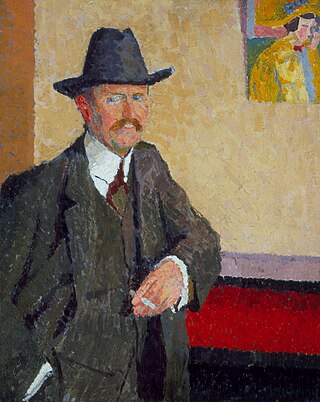
Charles Isaac Ginner was a British painter of landscape and urban subjects. Born in the south of France at Cannes, of British parents, in 1910 he settled in London, where he was an associate of Spencer Gore and Harold Gilman and a key member of the Camden Town Group.

Henry Taylor Lamb was an Australian-born British painter. A follower of Augustus John, Lamb was a founder member of the Camden Town Group in 1911 and of the London Group in 1913.
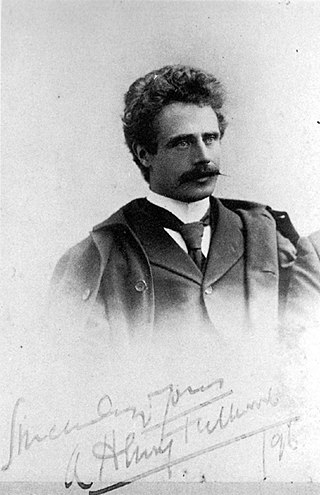
Albert Henry Fullwood was an Australian artist who made a significant contribution to art in Australia. He painted with Heidelberg School artists around Melbourne and moved with Tom Roberts and Arthur Streeton to live and paint at their camp in Sirius Cove, Sydney. Fullwood was the Australian official war artist to the 5th Division in the World War I.
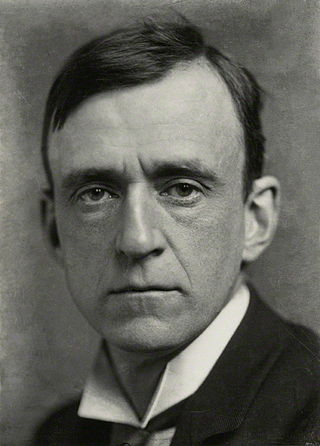
Henry Tonks, FRCS was a British surgeon and later draughtsman and painter of figure subjects, chiefly interiors, and a caricaturist. He became an influential art teacher.
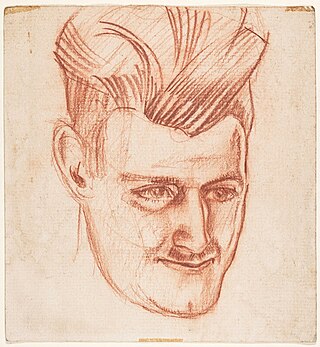
Eric Henri Kennington was an English sculptor, artist and illustrator, and an official war artist in both World Wars.
Bernard Finegan Gribble was a prolific British marine artist and illustrator.

Gilbert Spencer was a British painter of landscapes, portraits, figure compositions and mural decorations. He worked in oils and watercolour. He was the younger brother of the painter Stanley Spencer.
James Stuart MacDonald was an Australian artist, art critic and Director of the National Art Gallery of New South Wales from 1929 to 1937.
British official war artists were a select group of artists who were employed on contract, or commissioned to produce specific works during the First World War, the Second World War and select military actions in the post-war period. Official war artists have been appointed by governments for information or propaganda purposes and to record events on the battlefield; but there are many other types of war artist.

Anthony Imre Alexander Gross was a British printmaker, painter, war artist and film director of Hungarian-Jewish, Italian, and Anglo-Irish descent.
Sir Herbert James Gunn RA RP was a Scottish landscape and portrait painter.
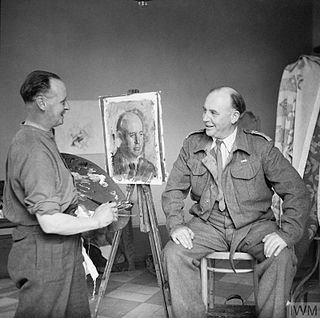
Henry Marvell Carr,, was a successful British landscape and portrait painter who served as a war artist during World War II.
Norma Catherine Bull was an Australian painter, printmaker and etcher, best known for the paintings and sketches she made in Britain during World War II.
Raymond James Coxon was a British artist. He enrolled at the Leeds School of Art, the Royal College of Art, and became a teacher in the Richmond School of Art. The creative work of his long and successful career—singly and in various art groups—included landscape and portrait painting, abstract works, creating church murals and serving as a war artist during World War II. In particular he was known for the bold style of his figure and portrait work. After World War Two his paintings became more abstract.
George Lambourn was a British artist, who although born in London, lived in Cornwall for most of his life.












